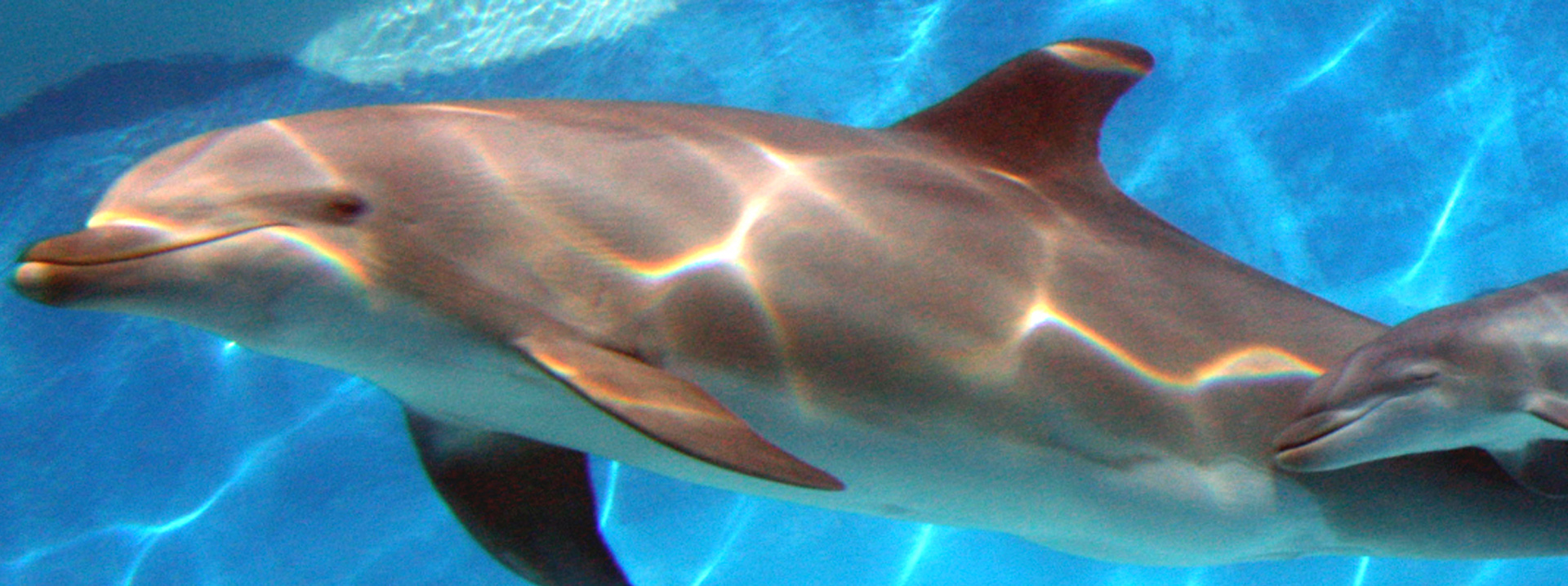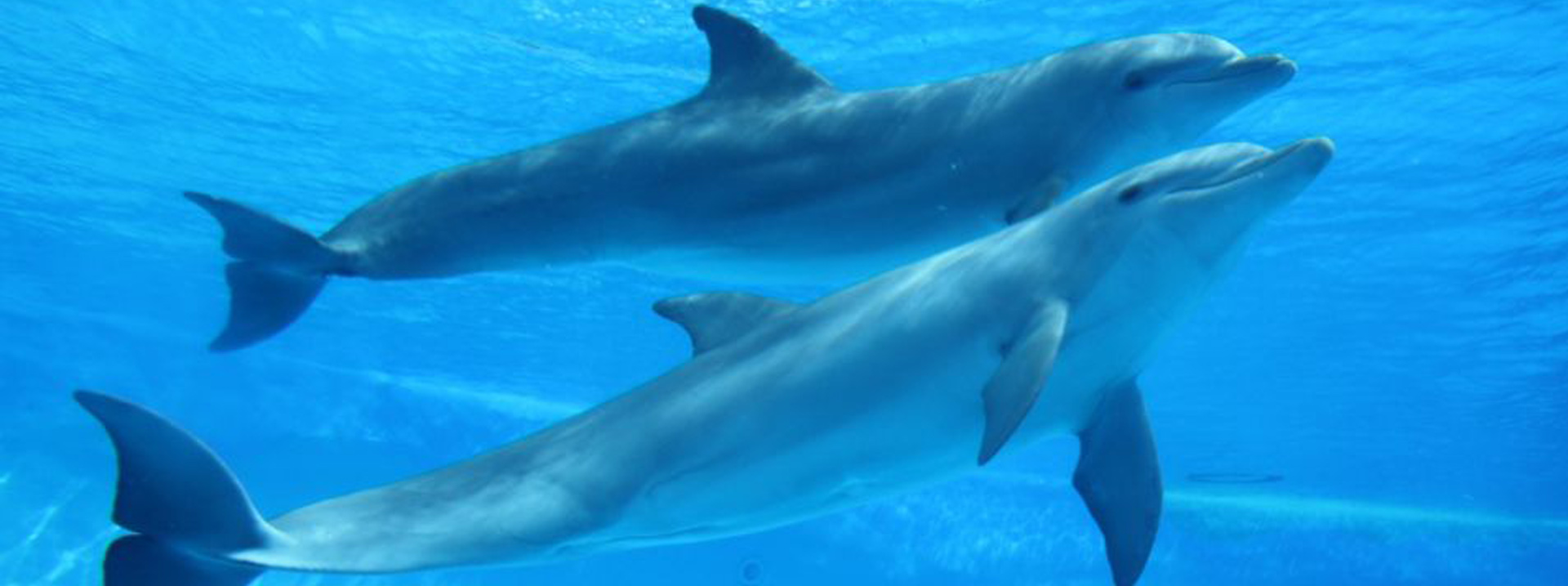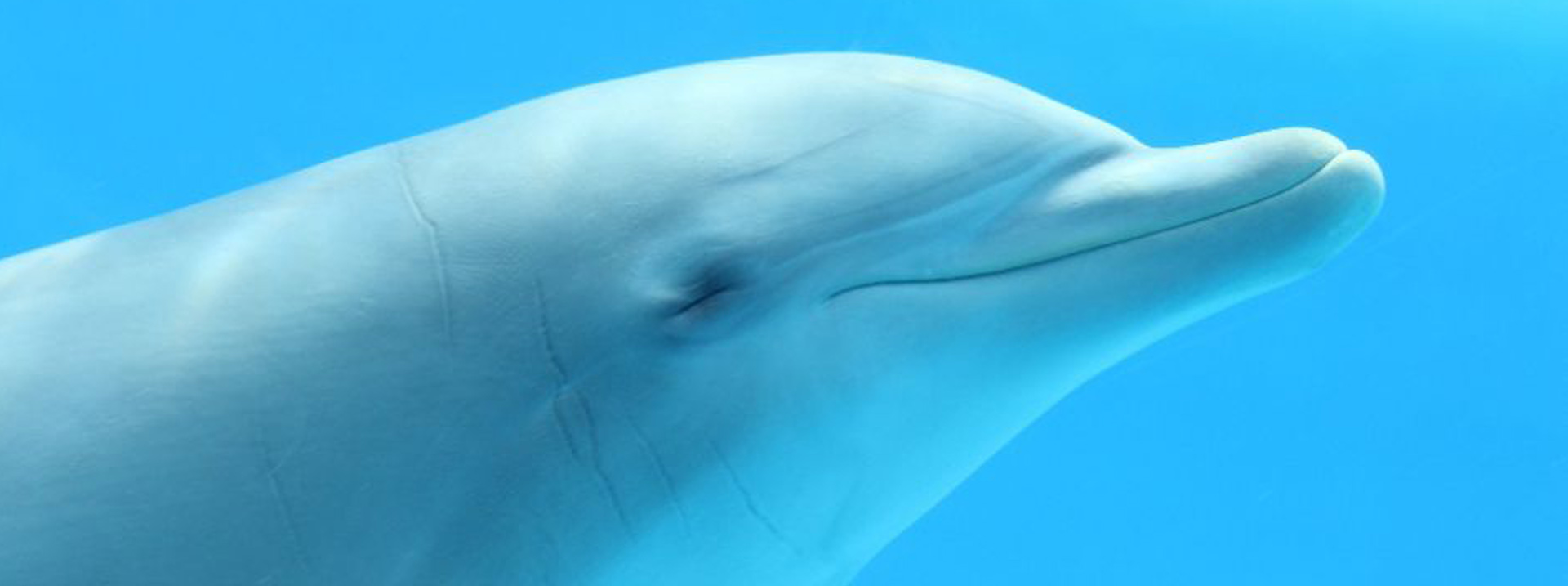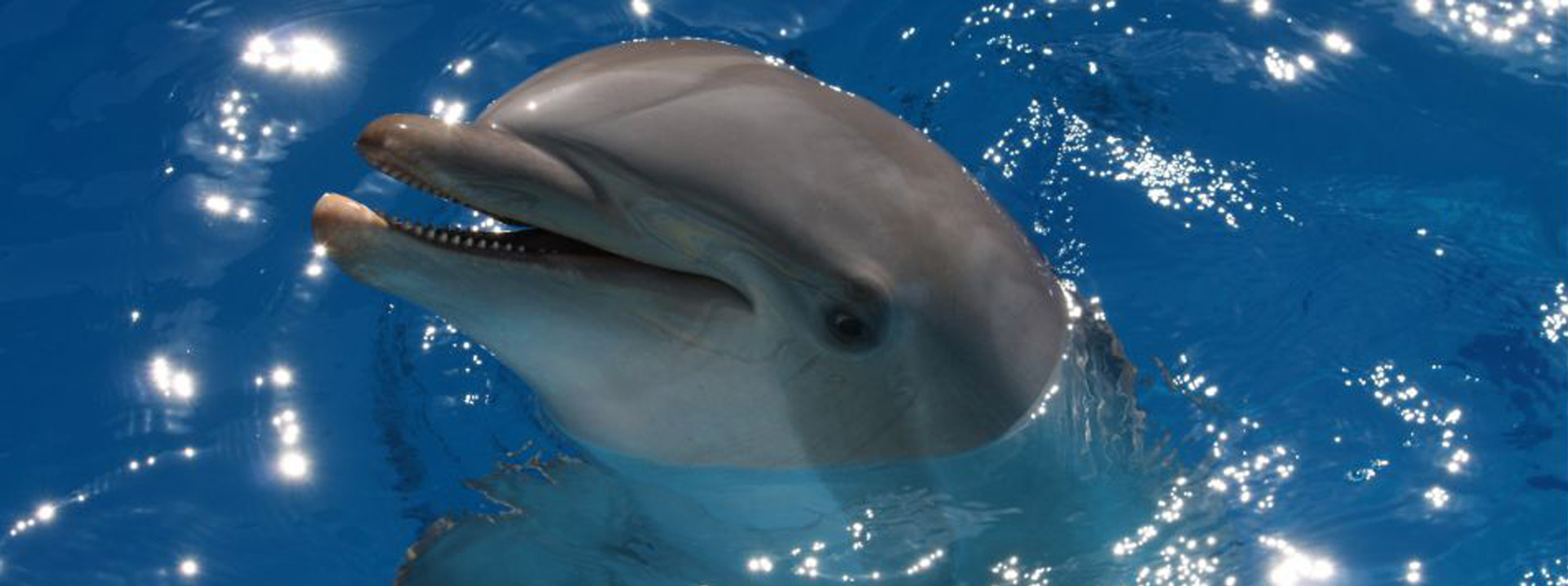




Dolphins
Tursiops truncatus
In the highest part of the dolphinarium is located Mundomar. Its inhabitants are of the species Tursiops truncatus, also called bottlenose dolphins. The different pools that form the entire installation have been created to meet the demands of our dolphins as needed. Besides the pool in which the exhibition takes place, there are breeding pools, swimming pool or stay apart and medical pool.
Species
Mamíferos
Order
Cetáceo
Family
Delphinidae
Danger of Extinction
Amenazada (vulnerable)

Features
The animals are trained daily by trained personnel. Exercises that dolphins are accustomed to routine medical behaviors that are performed periodically performed. Dolphins are also trained to perform in a controlled some of the behaviors we see in their natural environment, including jumps, emitting sounds, different forms of swimming …
It has been confirmed that bottlenose dolphins are the second smartest animal on the planet after the human being in front of the great apes, contradicting what was believed until then. Some characteristics that define the intelligence of whales are:
Large brains in proportion to body, with a higher than human size.
The existence of a language of clicks and whistles, the exact precision is unknown.
Self-recognition in a mirror (mirror test).
Ability to learn a language of simple gestures, by which they can obey orders.
Using tools: females use sponges to cover the nose and protect lunchtime. This tradition, which is transmitted from mother to daughter, tells us that there are bottlenose dolphins between certain culture.
Bottlenose dolphins swim at a speed of 5-11 km / h (3-6 knots); in short times can reach top speeds of 35 km / h (21 knots).
His dream is so very light; Some scientists have suggested that the two halves of their brains take turns sleeping and waking.
Every 5-8 minutes, the dolphins have to come to the surface to breathe through its blowhole (on average, breathe more often).
Like other dolphins, they use a system of echolocation to locate their food and often cooperate with each other to corner their prey.
Customs, food and habitat:
Dolphins feed on a wide variety of fish, octopus and squid. Under human care is used primarily North Atlantic fish to maintain the same quality and nutritional value throughout the year. Herring, mackerel, whiting and squid are the main food sources.
The diet is individualized and the amount and type of fish for each animal varies according to weight, physical appearance and other specific factors.
In their diet are also included minerals, vitamins and liquids.
Curiosities
The species is known for its friendly character and curiosity. Often a diver investigated by a group of them. Occasionally, dolphins have rescued divers in danger by taking them to the surface, a behavior also demonstrate to members of their own endangered species.
In November 2004, a more dramatic intervention of a dolphin came from New Zealand report: a great white shark approached three lifeguards, swimming 100 m from the coast near Whangarei. A group of dolphins, apparently sensing danger swimmers met firmly and surrounded by forty minutes, preventing a shark attack.

